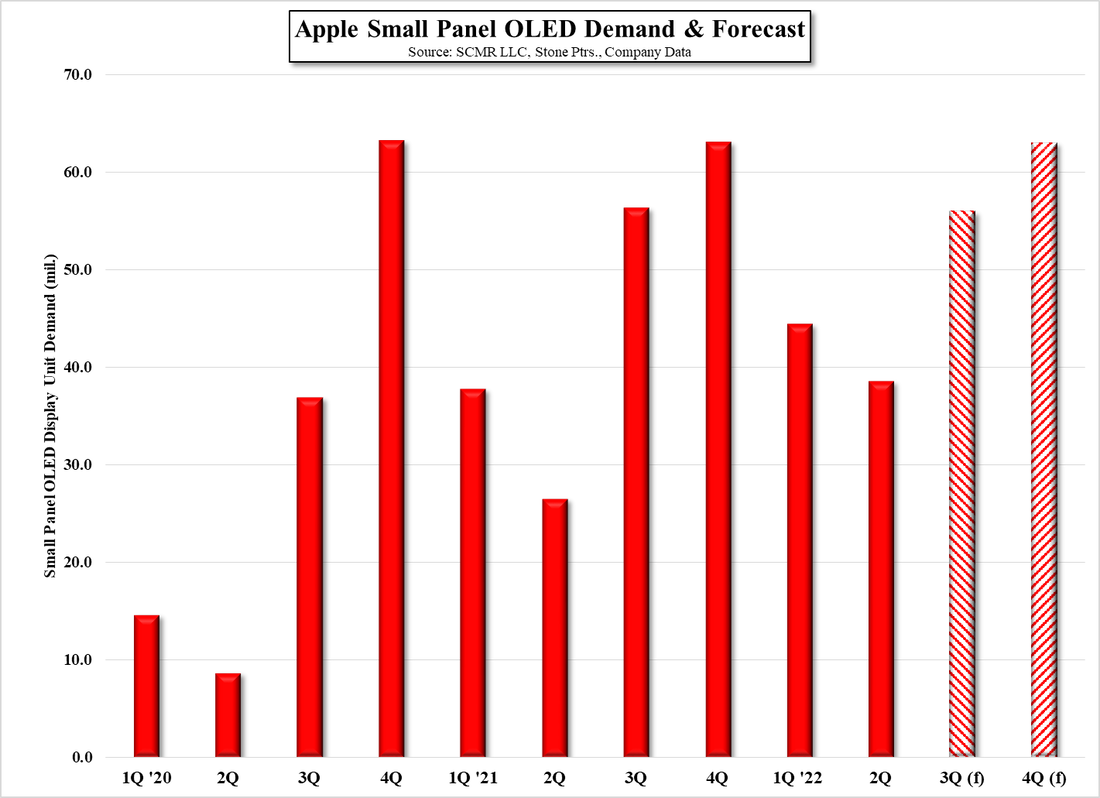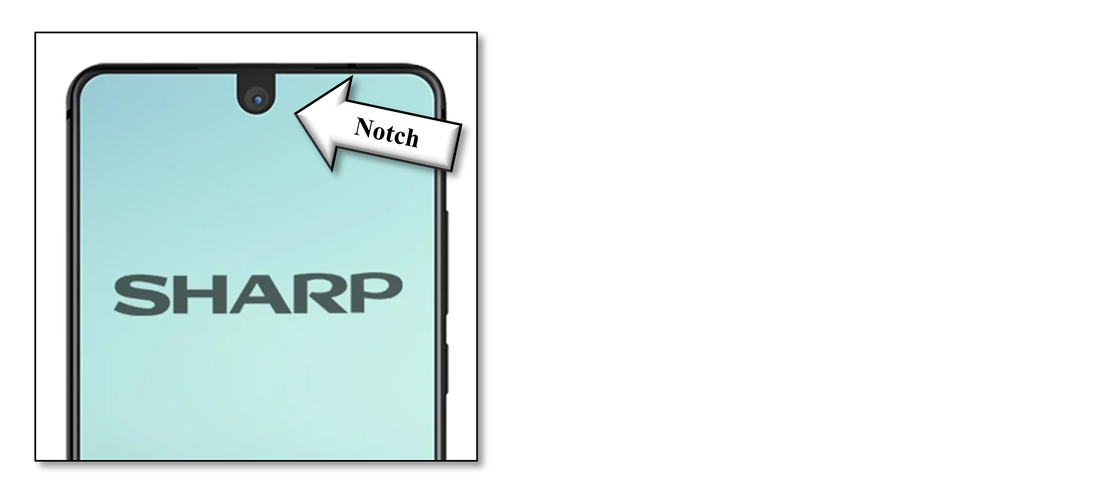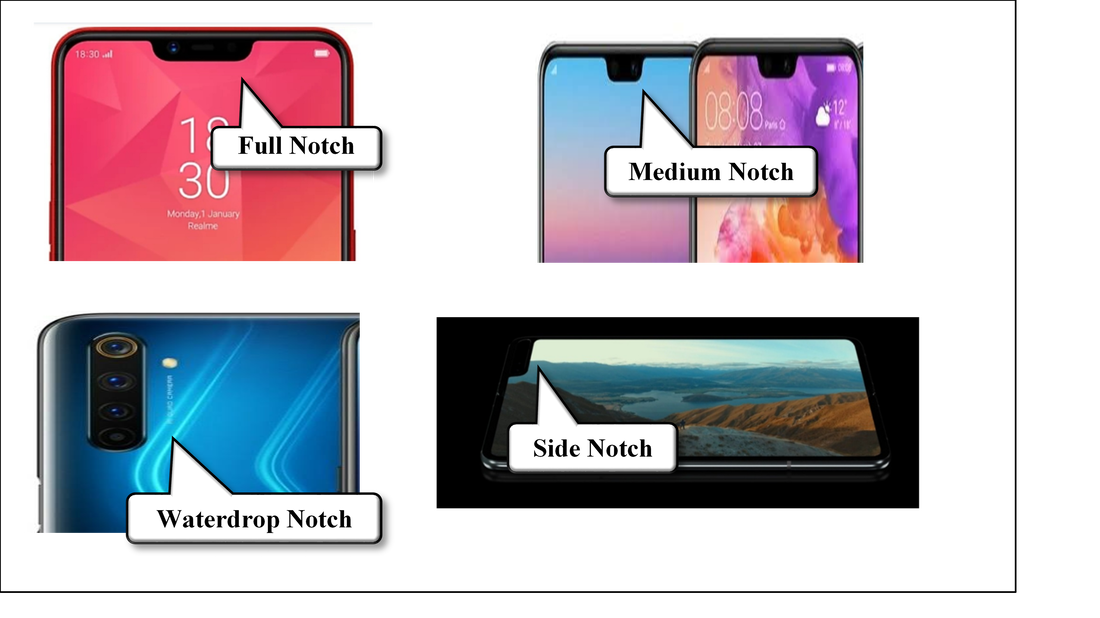Apple Rides the Roller Coaster
The system evaluates a number of factors and Apple has said that it has been trained over millions of hours of real-world driving and data from crash recordings to generate accurate results, and a recent test at 40 kph (~25 mph) did not generate enough momentum to trigger an alert, especially as the test vehicle did not roll over. At 50 mph the driver dropped the Apple Watch out of the window to simulate a high speed crash and rollover, which triggered the emergency system due to the high impact and rolling motion sensed by the sensors, including a 3 axis gyroscope and an accelerometer that takes readings 3 time each millisecond and microphones that can detect a loud sound such as a crash, along with GPS data that can indicate a rapid change in speed. All well thought out ideas and coordinated by the algorithm itself based on the data it has been taught.
What it did not learn was about roller coasters, where the speed and momentum vary considerably with the weight of the car and the point at which it is measured, but the world’s fastest coasters easily break 100 mph, with the Formula Rossa coaster in Abu Dhabi hitting 150 mph. Speed alone is not the only factor to consider as momentum mis a function of speed x velocity, and accelerometers, gyroscopes, and similar sensors don’t know the difference between a 90 foot drop on a coaster at 30 mph or a car rollover, which has caused a number of iPhone 14 users to find that their phones have been dialing 911 while they were riding coasters at amusement parks. The iPhone system, should it sense what it believes is an accident, sounds an audio and visual alert, and will repeat the alarm if the user does not respond in 10 seconds. After the 2nd attempt the phone or watch will dial emergency services.
It seems this is happening to users on roller coasters and to the few individuals who dropped their iPhone 14s or Apple watches out of a moving car, with emergency services being confounded by the call upon arrival, but you can’t fault Apple for trying or for the application for misunderstanding the extremely rapid speed changes of a typical roller coaster. Its likely going to be updated in another software iteration with a ‘turn off crash detection for 10 minutes’ function or if you must ride a coaster sooner, just give it to someone on line to hold. We are sure they will be there when you get off the ride…






 RSS Feed
RSS Feed